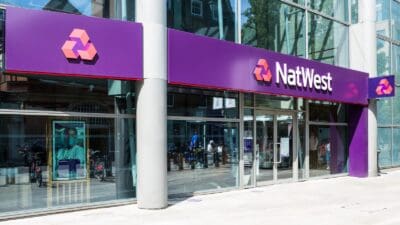An unusually cold April kept British shoppers from buying spring and summer clothes. That led to a 0.9% decline in retail sales on a like-for-like basis in April compared to last year, according to the British Retail Consortium. The figure was rescued by good performances in some retail sectors with clothing and footwear falling faster. It was the worst performance since August last year.
Meanwhile, the Confederation of British Industry reckons the weather was responsible for last month’s fall in retail sales, which was the largest seen in four years.
And research company GfK said consumer confidence fell last month to its lowest level since December 2014.
Adding to the picture of gloom in the retail sector, Barclaycard has it that clothing sales fell at the fastest annual pace in three years and spending on essentials dropped by the most since the firm started its surveys in 2011.
Tumbling shares
We might expect this apparent slowdown in the retail sector to show in the share prices of clothing retailers and it does. Next (LSE: NXT), Burberry Group (LSE: BRBY) and Marks and Spencer Group (LSE: MKS) are all down around 30% from their 2015 highs. Yet City analysts still expect them to grow their earnings — Next by 1% this year and 5% during 2017, Burberry a 1% decline this year and a 7% increase in 2017, and Marks and Spencer by 5% and 7%, respectively.
However, it pays to be cautious of City analysts’ earnings forecasts because they’re notoriously inaccurate and known to be slow to react to unfolding events on the ground. Rather than being a good predictor, analysts’ forecasts are often behind the curve.
That might not matter if the valuations are low enough to provide a margin of safety. We’re out of luck on that front. Next’s forward price-to-earnings ratio runs at 11.4 and the forward dividend yield is 3.4%, Burberry trades on a forward rating of almost 16 with a 3.3% yield and Marks and Spencer’s multiple is 11 with a 5% yield.
At first glance, Marks and Spencer looks the best value when considering its immediate growth prospects, high yield and moderate P/E rating. But none of the firms has a valuation that’s low enough to provide a margin of safety. I would describe these retailers as fairly priced.
An elephant in the room
However, there’s an elephant in the room called cyclicality. Clothing retailers aren’t as steady as utilities, pharmaceuticals and other defensive companies. If the economy tanks, retail companies’ shares are likely to tank with it and such macroeconomic fears could be driving footfall in the sector right now.
So, is it time to buy these famous retail brands? Maybe. But there’s a chance that economic fears could prove to be justified, and if that’s so, right now could be bad timing for buying retail company shares.
I’m more likely to jump into retail shares like these when the share prices have plunged a long way and profits have collapsed. Now we’re in no man’s land for cyclical shares like the retailers and the outcome could go either way for new shareholders.







